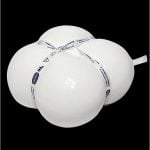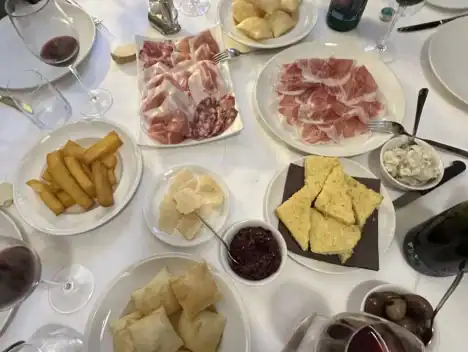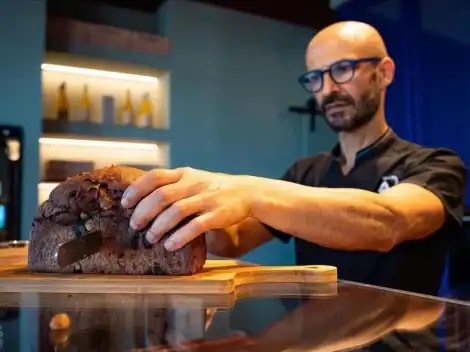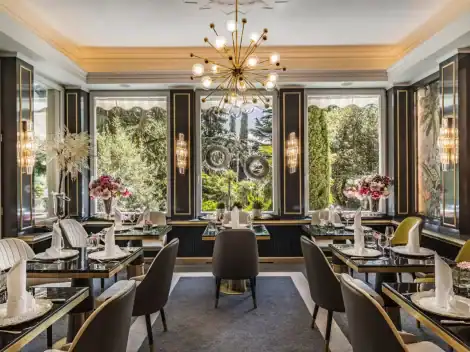We are in Alto Adige, a wine region where cooperation has been in vogue for a long time: Tramin - now the official name of the winery founded in 1898 - is the third social winery born. Today, it represents over 180 families - with an even higher number of members (about 300). Given the fragmentation of the land and given that, perhaps, father and son individually own and confer the grapes of their respective vineyards - and more than 260 hectares in the Bassa Atesina, on the western side of the Adige valley, mainly between Termeno and Cortaccia, Ora, Egna and Montagna on the eastern bank of the river.
A tricky name
The municipality of Tramin excels in many grape varieties, but has a privileged relationship with gewürztraminer which in this micro-area finds its undisputed terroir of choice, so much so that it represents in the locals economy––with just under 60 hectares of vineyards––almost 22% of the entire vineyard park. Other very important grape varieties for this region, such as chardonnay, schiava, lagrein and pinot grigio, follow at a safe distance. For a long time, the fact of having in the name the adjective "traminer" (which indicates the origin: "belonging to Tramin'' or "Termeno") has led erroneously to believe that the vine originated here: but science and in particular genetics tell us that the variety is a spontaneous mutation of the pink savagnin grape in turn deriving from white savagnin, a mutation that probably occurred in the distant past in southern Germany, in vineyards of present-day Baden Württemberg. In truth, at that time the wine of Termeno, at the time probably produced with moscato and other local varieties, already enjoyed great fame among German-speaking countries. In fact, from the middle of the 13th century onwards, there are numerous written sources that mention the wine of Tramin, considered to be of the highest quality. It is very likely that in that historical period smarter German merchants began to sell their wine (obtained from the aromatic mutation of savagnin and therefore resembling the wine of Tramin) with the name of Traminer, playing on the notoriety of the terroir. It would therefore have spread the habit of giving that grape the name of our famous wine-growing municipality, subsequently adding the wording "gewürz," which in German means spicy.
A recent breakout hit
Probably arriving in South Tyrol only around the mid-1800s, gewürztraminer found itself well in the Bassa Atesina (the area that goes from the southern border of the Bolzano province to Termeno and which includes Ora on the other side of the Adige, Egna and Montagna) and in Oltradige (from the northern border of Termeno to the southern border of the city of Bolzano). From there it spread very slowly throughout South Tyrol, especially in recent years, in the wake of a sudden commercial success. Due to its characteristics of fattiness and aromatics, and also of sweetness, the grape is not the ideal companion to clean the mouth during a meal - unless we delve into complicated recipes of Asian origin that are not however part of our daily habits - and therefore the basis of its success can be found elsewhere. The boom in sales coincided, in Italy, with the growing aperitivo culture among younger people where wine replaced cocktails paired with tasty snacks.
The role of Tramin in the success of wine
In this success, the work of the Tramin winery is precious, having three excellent reasons to be considered one of the flagship companies in Italy and in the world regarding the success of gewürztraminer: it dedicates almost 60 hectares to the cultivar (well over 20% of the viticultural heritage of the winery); produces six distinct gewürztraminer labels; it is the first winery to have obtained 100/100 for an Italian white wine, produced from the queen grape of the area. In fact, being in the center of the most suitable area for the cultivation of an excellent but quite capricious grape variety, the cooperative winery of Termeno has always worked for its enhancement through impeccable production. The decisive turning point that led Tramin to grasp the enormous potential of the Gewürztraminer came with the arrival in 1989 of Willi Stürz. In a short time he managed to bring the winery to the top of regional production and to the top of world production regarding Gewürztraminer. In addition to the work based on the quality pyramid of Tramin wines, or of the partners, Willi decided, together with the most attentive winemakers, to identify the areas most suited to the cultivation of individual grapes and therefore to create a line of selections. But his greatest merit was his belief in a great dry and long-lived Gewürztraminer capable of improving over time, in the bottle. Gewürztraminer, like all aromatic grape varieties, is very popular with the general public, but is often snubbed by connoisseurs, who accuse it of being not very complex and unsuitable for aging. Today Willi and Tramin have proved them wrong: the Nussbaumer sits by right among the great whites of the world.
Grape acclimation and terroir
Gewürztraminer, as a mutation of the pink savagnin - called Roter Traminer in Germany - is a particular white grape variety since the berries have a pink or beige-pink colour. This cultivar, with early budding and ripening, loves the heat and above all the direct sunlight and therefore in the ripening phase it produces a lot of sugars, but it quickly loses acidity and therefore needs the most suitable sites. Soils that are too draining and therefore hot or microclimates that are too hot makes the wine immediately heavy on the nose and soft and almost oily on the palate. On the contrary, planted in cold and poorly draining soils, or in cold and not very sunny areas it produces wines that are lean on the palate but above all wines that are not very fragrant and not very aromatic, without the bouquet that is so characteristic of the grape. In fact, the vocation of Termeno and in particular of its hamlet Sella (or Söll in German) derives, in fact, from clayey calcareous soils (dolomies) rich in silt. Furthermore, Sella has an ideal position where during the day Ora, the wind blowing from Lake Garda, brings warmth, while at night the fresh air that descends from the Mendola and Monte Roen, located immediately close to the town, provide the correct thermal excursion that's so beneficial for the preservation of the wine's aromas. Furthermore, the altitude between 350 and 540 meters above sea level is ideal, both from a microclimatic and pedological standpoint.
The labels of Cantina Tramin
Today, the winery bottles about 500,000 bottles of Gewürztraminer a year and therefore about a quarter of the entire production (out of a company total that is close to two million pieces per year), declined in six different labels: the classic, the Selida and Nussbaumer which are dry, while Roen and Terminum are late harvests, with grapes dried on the plant and with important residual sugars. The Epokale deserves its own story, the latest addition to the house takes up the old peasant tradition of delaying the harvest of the gewürztraminer by about 7-10 days to make it a great sweet wine. Epokale 2009 was the first Italian white to win 100 out of 100 by its American colleagues. The other peculiarity of this label is that the bottles are left to mature for seven years in a mine at constant temperature and humidity.
Birth and evolution of Nussbaumer
Although the first vintage of Nussbaumer dates back to 1990, it was with the development of the line of selections and with the full operation of Willi Stürz, in 1999, that the idea of the Nussbaumer we know today was born and which won the Tre Bicchieri award for the first time, a long series that today totals 20. The first vintages, limited to 3-4 thousand bottles, were entirely produced by the Maso Nussbaumer vineyard and were therefore labeled as Nussbaumerhof. The success of the wine prompted Willi to experiment with the production of the surrounding vineyards which proved equally remarkable results and therefore have become part of the selection. As production has progressively grown, today the final number of bottles varies from 55,000 to 70,000 depending on the vintage. The grape is particularly fragile at the moment of flowering and therefore the clusters, usually small and not very dense, can be marked by problems of millerandage which can significantly reduce production. Today, Nussbaumer comes from more than twenty plots, all in the Sella di Termeno hamlet, and therefore from about twenty different vinifications that are kept separate and monitored, to evaluate their final use, before definitive assembly. To establish the ideal moment of collection in view of the final balance and the olfactory richness of the whole, Willi relies on laboratory tests but above all on his experience.
The onset of botrytis on the berries
When between the rows botrytized berries appear (no more than 2-3% of the total: to avoid changing the olfactory picture of the wine) it's time to harvest, because at that moment the terpenes contained in the skins will be easily extractable and therefore able to characterise must and wine. Obviously the harvest lasts for at least 15-20 days, following the maturation times of the different vineyards, based on the type of soil, exposure and altitude. Upon arrival in the cellar, 75% of the grapes are destemmed before pressing, while the balance, made up of very ripe grapes, is pressed whole and fermented with the stalks. However, among the numerous distinct vinifications, the oenologist has the opportunity to perform many tests, such as a pre-fermentation maceration a few hours long at room temperature. What, on the other hand, is part of the normal production protocol is to cold-macerate about 10% of the mass for 10-12 hours before starting fermentation, in order to extract more precursors. To avoid problems of stunted fermentation, which can happen with such rich musts, we start with a fermentation around 19-20°C to have a kinetic curve that rises quickly. In this phase and then also at the end of the alcoholic fermentation it's necessary to avoid malolactic acid and keep the little malic acid present to keep the finished wine's good freshness.
All steel... but there will also be oak
To date, the entire production phase, including refining, has always taken place in steel or in any case in inert material containers. Although in the future Willi has in mind to try with used barrels of 30-40 hectoliters. Until the 2014 harvest, which was also the year of the presentation of the new packaging of the selections, part of the wine remained in contact with the lees until May, before being bottled and sold from July onwards. Since then, permanence on fine lees has been extended until July and the sale of the wine has been postponed to the end of the year. Probably, this philosophy, which tends to lead towards a production and commercial phase that respects even more nature's timetable, will be widely applied in the future.
by Gianni Fabrizio

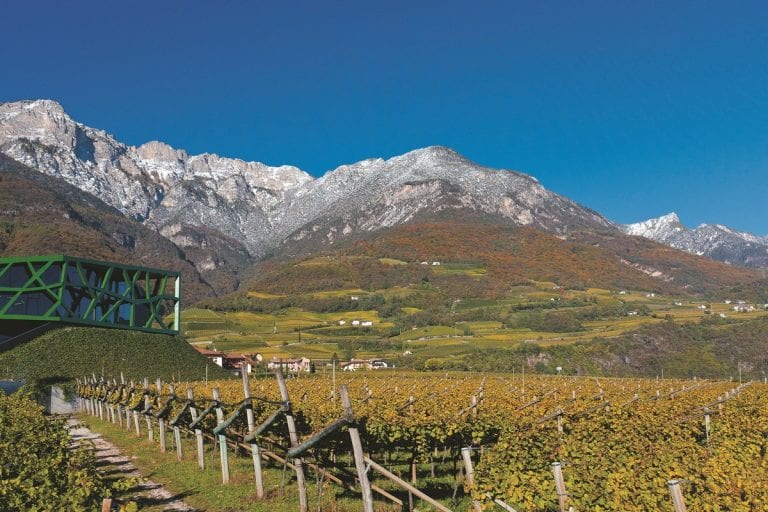
 A top gelato maker from Florence launches flavours dedicated to women who made history
A top gelato maker from Florence launches flavours dedicated to women who made history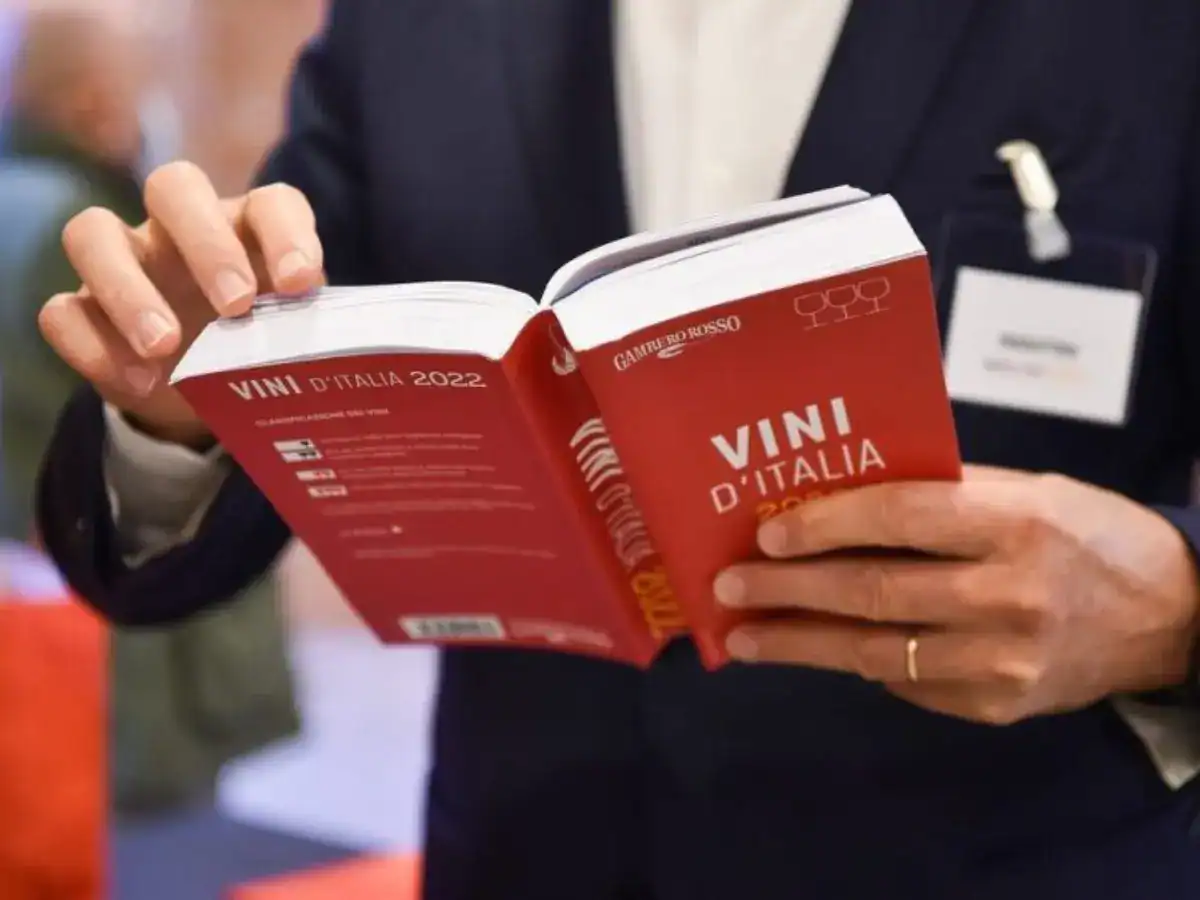 How the Gambero Rosso Vini d’Italia Guide works: the Tre Bicchieri method
How the Gambero Rosso Vini d’Italia Guide works: the Tre Bicchieri method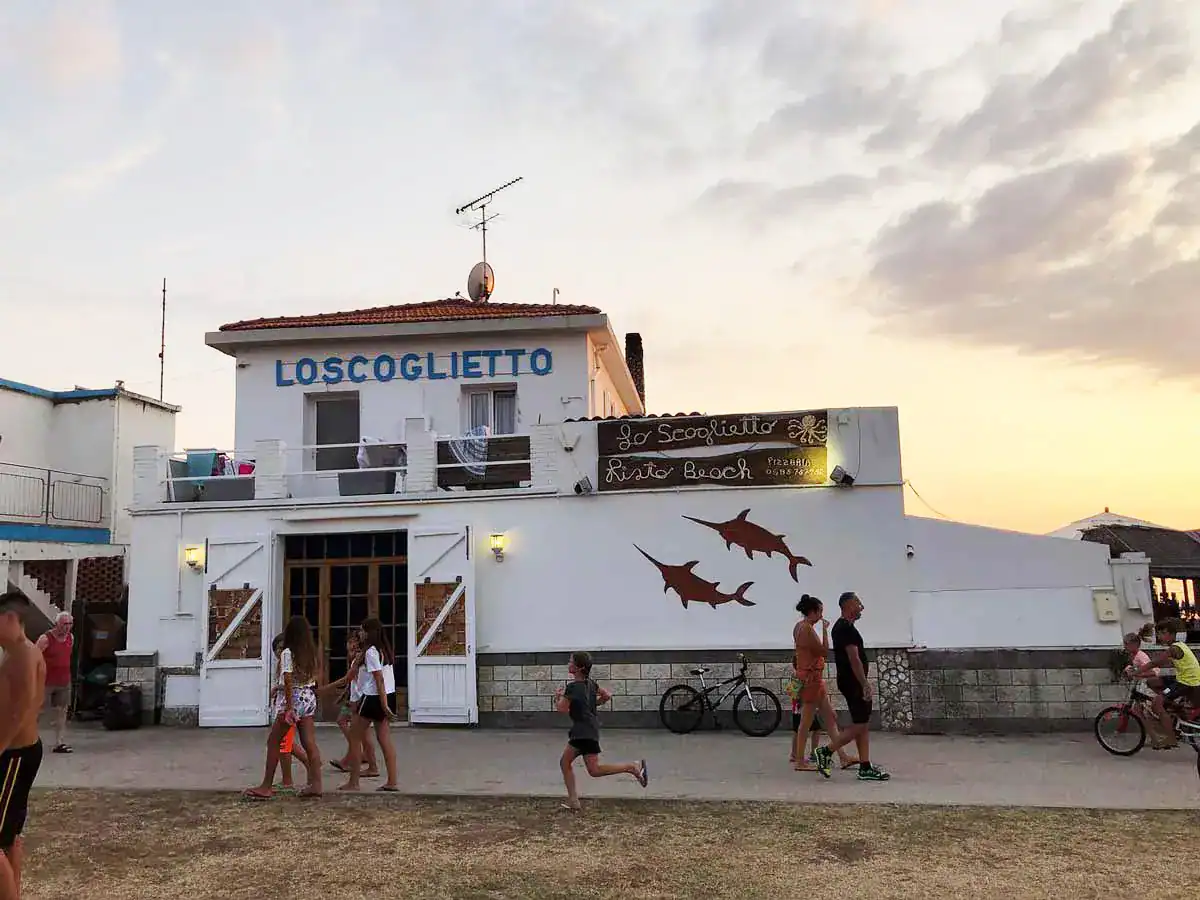 The secret life of the beach club with over a thousand (stunning) bottles on the menu
The secret life of the beach club with over a thousand (stunning) bottles on the menu We tried Locatelli’s new restaurant in London: here’s what it’s like
We tried Locatelli’s new restaurant in London: here’s what it’s like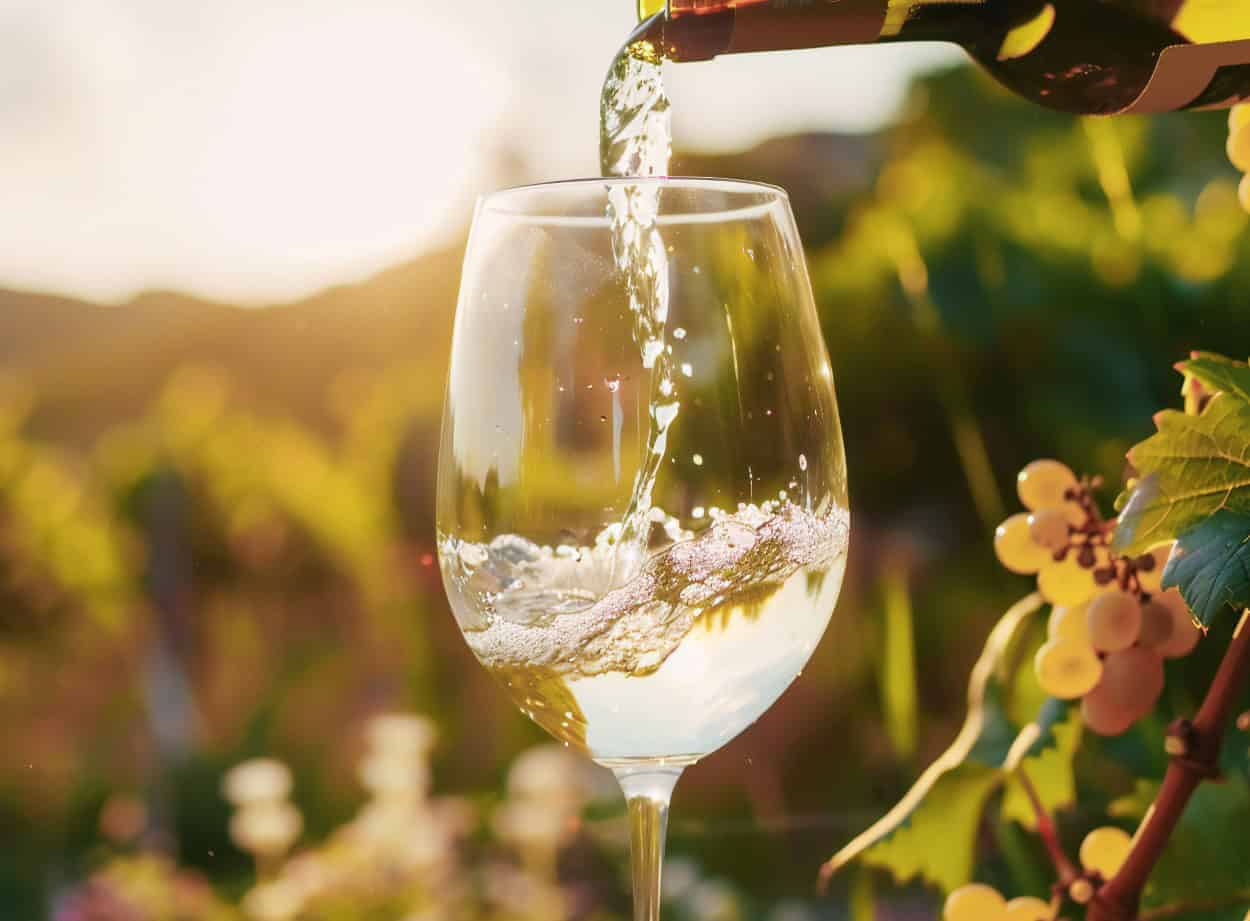 The 10 best value-for-money Pecorino wines from Abruzzo chosen by Gambero Rosso
The 10 best value-for-money Pecorino wines from Abruzzo chosen by Gambero Rosso